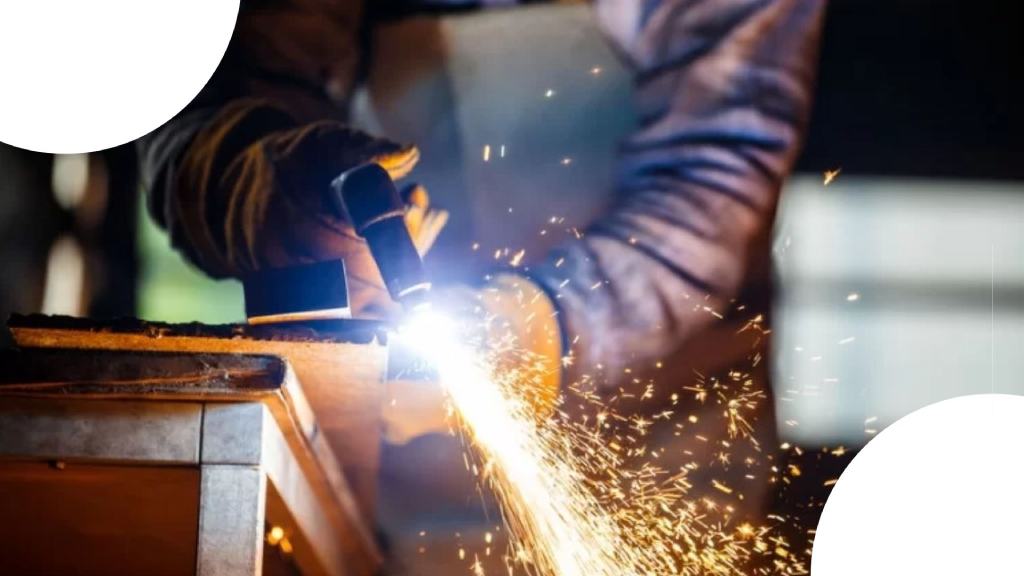What Is a Plasma Cutter? Plasma cutters are power tools that use plasma gas to cut through various materials using compressed air. The most common material cut using a plasma cutter includes steel, aluminum, stainless steel, and brass, but other non-stainless metals can also be cut as well. Plasma cutters differ from other types of power tools in that they do not generate heat while cutting and thus do not destroy any surface when cutting. Also, these tools use gas rather than an electric arc to create the high temperatures necessary for cutting.
What is a Plasma Cutter? A plasma cutter, sometimes called a plasma cutter or a thermal conductive cutter, is typically used by sheet metal workers to cut long pieces of sheet metal, such as pieces used in boat hulls, airplane wings, and other large metal parts. Many types of metal cutting hand tools use a combination of two to four independent conductors to create the high temperatures necessary for plasma cutting. These tools typically run on electrical power and need an external air compressor for their operation. External air compressors are used because it is unsafe to use compressed air alone (compressed air is very hot and could cause serious injury or death).

What Is a Plasma Cutter? A plasma cutter (also called a shop air purifier) uses two or more independently controlled sources of gas like nitrogen or argon to create high temperatures and high pressure inside a shop air purifier. The gas combination is combined with electric current to create the high voltage electric current needed for the plasma cutter to work.
How Do Plasma Cutters Work? In order to start the process of plasma cutting, the shop air purifier is attached to a high speed electric CNC machine (an industrial computer program) via a programmer. The CNC machine is designed to control the plasma cutters operation. Once this is done, the high speed CNC machine directs the plasma cutter to a fixed position where a diamond shaped tip of the metal cutter is positioned.

How Does a Plasma Cutter Work? To provide complete precision cuts in metal, plasma cutters use an electric arc cutting system. This process generates a high temperature and intense plasma energy. When the high voltage is applied to the metal, the ionization and the fusion of the gas create a strong electric current that is used to cut through the metal. High quality cuts are obtained with consistent, even cuts that are perfectly matched to the shape of the metal.
How Does a Plasma Cutter Prevent Metal Damage? As with any type of cutting, there is always the potential for the metal to be damaged by the plasma cutter. A quality check should be carried out before each use to detect any metal damage that may occur during the cut. When this damage occurs, the affected area should be quickly cleaned using an electro-displacement cleaner (EDC). The affected area should then be removed from the plasma cutting machine and the surrounding area thoroughly cleaned before proceeding to the next use. In addition to this, ensure that the electrodes used in the plasma cutting machine are not damaged or broken as to prevent any further damage to the metal.
Are All Gases and Contaminants Allowed in the Plasma Cutter? Stainless steel cutters are completely safe to use. However, there are some common contaminants and gases that plasma cutters are more sensitive to than others. Any consumables (e.g. fuel, oxygen) should only be introduced into the system after the plasma cutter is turned on and the blade is charged with adequate power.
Can I Use Gas Or Compressed Air to Power My Plasma Cutter? Both gas and compressed air are viable options when it comes to powering plasma cutters. However, if you intend to use compressed air, ensure that the nozzle is equipped with a temporary air release cap. This release will help maintain the safety of the compressed air as it is released by the plasma cutter. If you intend to use gas, ensure that the gas can be vaporized without causing damage to the cutters or your surrounding environment.
